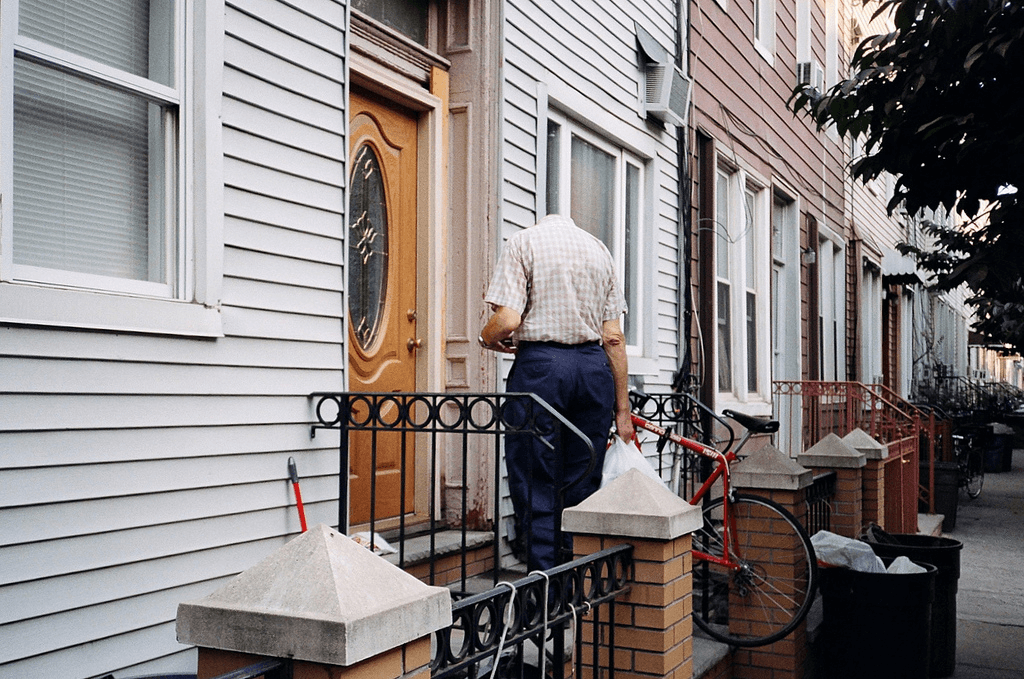Not known Details About Street Photographers
Not known Details About Street Photographers
Blog Article
Unknown Facts About Street Photographers
Table of ContentsThe Single Strategy To Use For Street PhotographersStreet Photographers - An OverviewGetting My Street Photographers To WorkStreet Photographers for BeginnersFacts About Street Photographers Revealed
A category of digital photography that documents daily life in a public location. The very publicness of the setting makes it possible for the digital photographer to take honest images of unfamiliar people, commonly without their expertise. Street professional photographers do not necessarily have a social function in mind, however they favor to separate and catch minutes which might otherwise go undetected (Street Photographers).Though he was influenced by most of those that affected the street professional photographers of the 1950s and '60s, he was not mainly interested in recording the spirit of the road. The impulse to aesthetically record people in public began with 19th-century painters such as Edgar Degas, douard Manet, and Henri de Toulouse-Lautrec, that functioned side by side with professional photographers trying to catch the significance of urban life.
In contrast to Atget, professional photographer Charles Marville was employed by the city of Paris to develop an encyclopaedic file of Haussmann's urban preparation job as it unravelled, therefore old and brand-new Paris. While the professional photographers' subject was essentially the very same, the outcomes were markedly various, demonstrating the influence of the professional photographer's intent on the character of the images he generated.
Offered the great high quality of his photographs and the breadth of material, architects and artists commonly got Atget's prints to use as recommendation for their very own job, though commercial interests were hardly his major inspiration. Rather, he was driven to photograph every last remnant of the Paris he liked. The mingled interest and urgency of his mission shine through, leading to pictures that tell his very own experience of the city, high qualities that anticipated road photography of the 20th century.
About Street Photographers
They disclose the city through his eyes. His job and basic understanding of digital photography as an art form functioned as ideas to generations of photographers that adhered to. The following generation of street professional photographers, though they likely did not describe themselves as such, was introduced by the photojournalism of Hungarian-born professional photographer Andr Kertsz.
Unlike his peers, Brassa used a larger-format Voigtlnder electronic camera with a longer exposure time, requiring him to be more computed and thoughtful in his method than he may have been if making use of a Leica.
Cartier-Bresson was a champ of the Leica camera and one of the very first digital photographers to maximize its capacities. The Leica allowed the digital photographer to communicate with the environments and to capture minutes as they occurred. Its reasonably little dimension also helped the professional photographer discolor right into the history, which was Cartier-Bresson's preferred approach.
Some Known Incorrect Statements About Street Photographers
It is as a result of this basic understanding of the art of image taking that he is frequently credited with uncovering the medium all over once more about a century given that its development. He took photos for greater than a half century and influenced generations of professional photographers to trust their eye and intuition in the minute.
These this article are the inquiries I shall attempt to address: And after that I'll leave you with my own definition of road digital photography. Yes, we do. Allow's kick off with specifying what an interpretation he has a good point is: According to (Street Photographers) it is: "The act of defining, or of making something definite, distinctive, or clear"
No, most definitely not. The term is both limiting and misguiding. Seems like a road digital photography ought to be images of a roads right?! And all road professional photographers, with the exception of a tiny number of absolute newbies, will completely appreciate that a road is not the essential part to street digital photography, and really if it's a picture of a road with maybe a couple of boring individuals doing nothing of passion, that's not street digital photography that's a picture of a road.
The 3-Minute Rule for Street Photographers
He makes a legitimate point don't you believe? While I concur with him I'm not certain "candid public photography" will catch on (although I do kind of like the term "candid digital photography") due to the fact that "road digital photography" has actually been around for a lengthy time, with lots of masters' names affixed to it, so I think the term is right here to stay (Street Photographers).
You can fire at the beach, at a celebration, in a street, in a park, in a piazza, in a cafe, at a museum or art gallery, in a metro terminal, click now at an occasion, on a bridge, under a bridge ...
Yes, I'm afraid we have no choice! Without policies we can not have an interpretation, and without a definition we don't have a category, and without a style we do not have anything to define what we do, and so we are stuck in a "guidelines meaning style" loophole!
6 Easy Facts About Street Photographers Described

Report this page